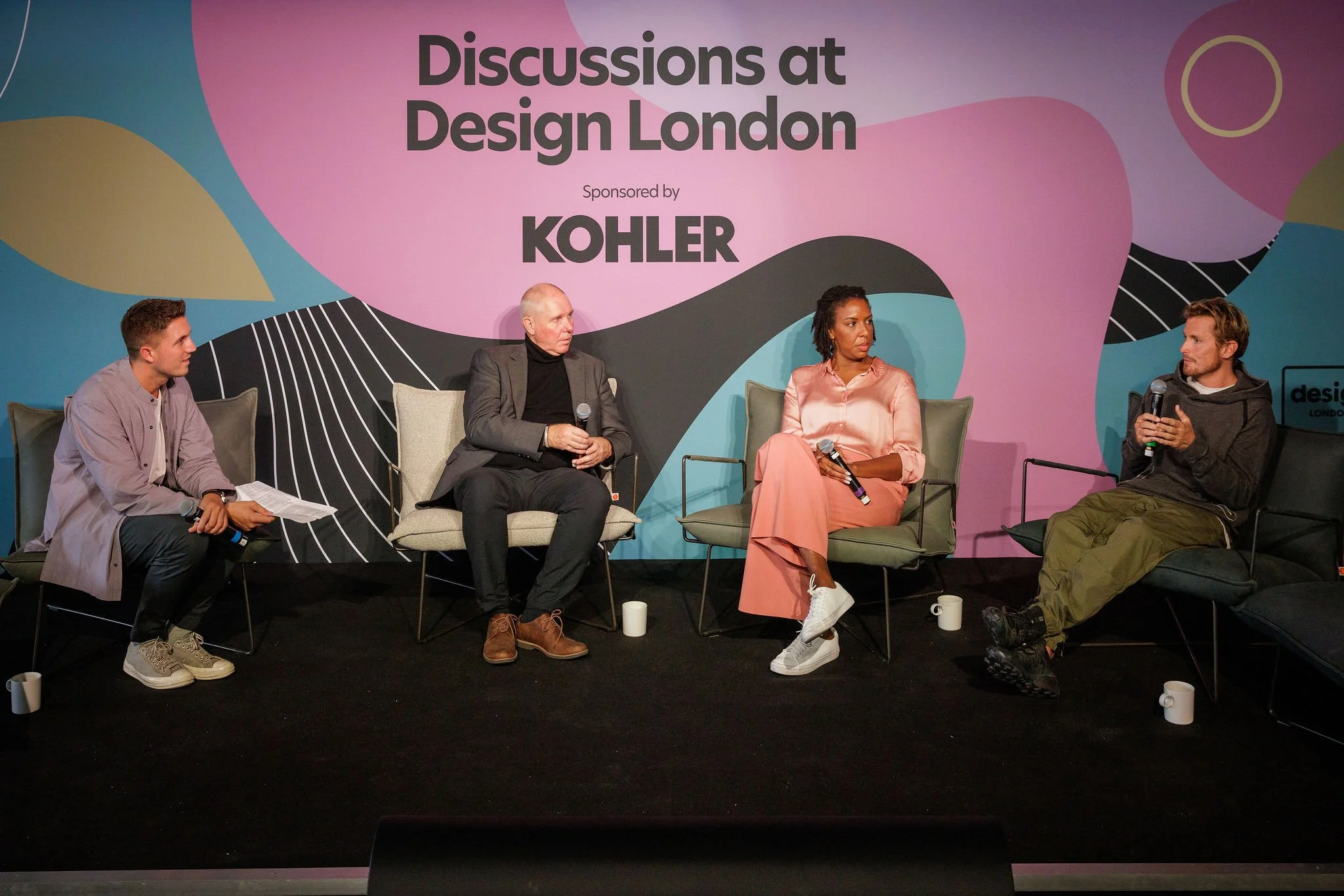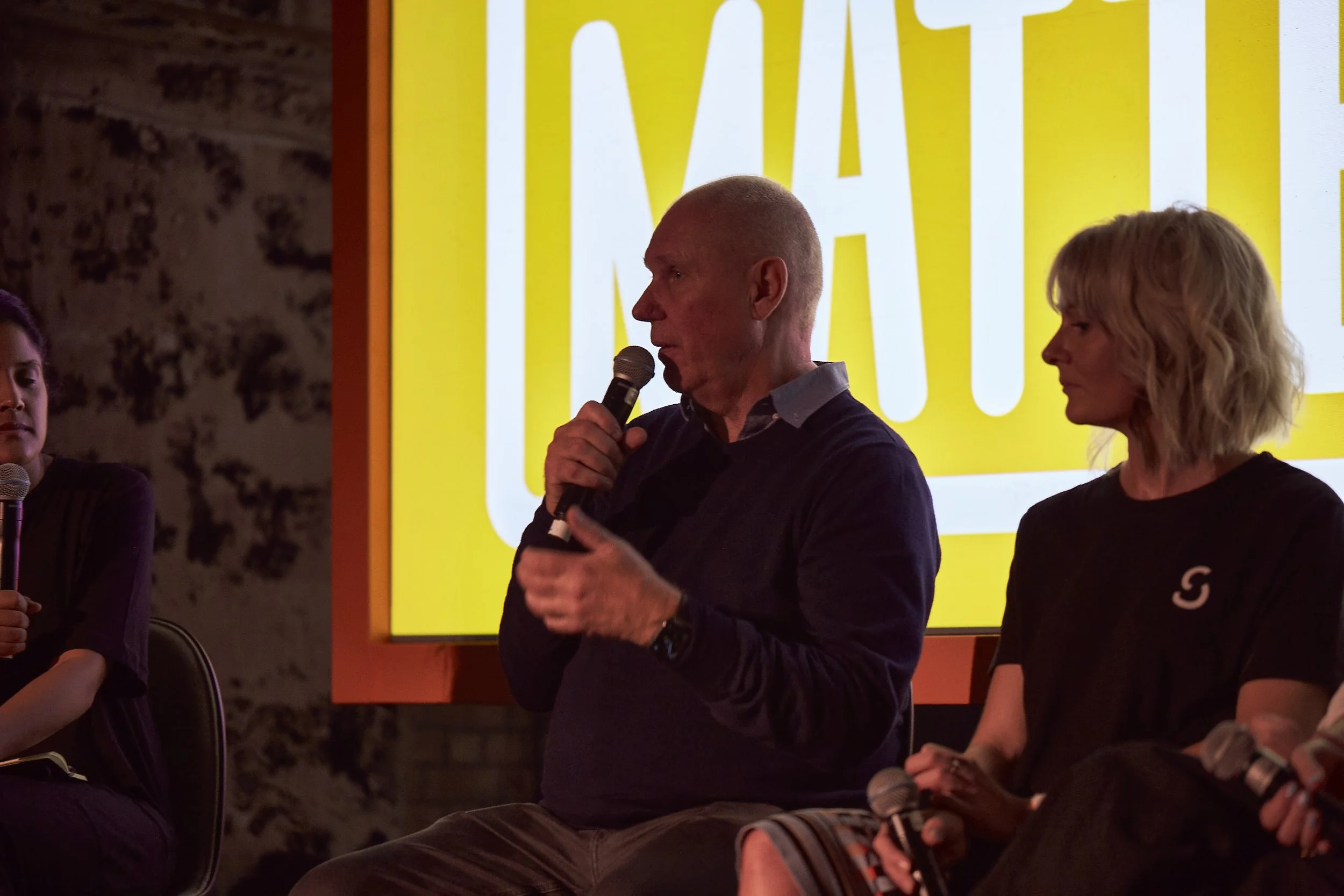Sustainability in design
How can design brands effectively communicate their sustainability credentials?
This month, the eyes of the world have been on COP27 in Sharm el Sheikh, as world leaders gathered once again to discuss climate change and how best to tackle it globally. The design industry also tuned into the Design Council’s second Design for Planet Festival to explore how design is responding to the climate emergency in a series of discussions running in parallel to COP27 itself.
With design brands and their sustainability practices under growing scrutiny, how can businesses with strong sustainability credentials leverage these to give their marketing a competitive edge?
There is a growing focus on sustainability within the design industry, from the media and also from consumers. Brands want to collaborate with sustainable partners, architects and designers wish to work with green companies, and consumers want to shop responsibly. This all means that if sustainability is part of your brand DNA, it is a huge and obvious advantage to the planet, but also can have a positive effect on your business, because of the growing demand for sustainable design.
Be specific about your sustainability credentials in your messaging
Businesses with strong sustainability credentials are well advised to promote the work they do through social media, PR and key brand messaging. However, sustainability is not a buzzword, so be specific about how your business is sustainable, the materials you use, the manufacturing process and the partners you work with. If you are using recycled fabrics, make this clear in your marketing materials or if you’re working towards a circular business model, then spell out exactly what you are doing to achieve this. Steer away from jargon or vague statements, be clear and concise and use data and statistics to back up your sustainability claims.
It is very important not to greenwash, as any sustainability messaging will be heavily scrutinised and if your practices fall short of your claims, then your brand could be called out by the media, industry or most importantly, by consumers.
Commit to continuously improving your sustainability
If your business is taking steps to become greener, but there is still a long way to go, be transparent, but more importantly, commit to a sustainability journey. If you’re working towards something that you haven’t yet achieved, such as circularity, be honest about this and show that you’re continuously working to improve your brand. Sustainability is a journey, so businesses can promote the work they’ve done so far, and explain how they will build on this.
Create ambitious business goals and work hard to achieve them, taking time to regularly analyse and evaluate your efforts. Weaving your sustainability journey into your brand messaging and promoting it within your marketing materials can benefit your business because it proves your commitment to sustainability and inspires confidence in your business because of your transparency.
Consult a sustainability expert for help and advice. Friend of Sandford, Katie Treggiden for example offers consultancy, coaching and mentoring services for design brands on a sustainability journey and can help you to take your business to the next level. She has a new course starting in February which may be of interest to help you and your business reduce your carbon footprint.
Image credit: Katie Treggiden
Consider sustainability certifications by third parties
If your sustainability credentials are already really strong then consider highlighting that sustainability is a core business value by working to achieve certification by a trusted and respected third party body. This demonstrates your brand’s commitment to sustainable practices in a meaningful way and lends credibility to your business. If you operate within the built environment, this might mean working towards BREEAM certification whilst many design brands have achieved B Corp certification.
Obtaining these certifications is a long and rigorous process that can take many years and requires transparency, but once achieved these can be highlighted in your marketing materials and can really benefit your business. Promote your certification on your website, in your newsletter, on your social media channels, within press releases and in your showroom windows to retain customers, attract conscious consumers, promote your business to brands with a shared synergy and ultimately, demonstrate your commitment to making the world a better place.
Image credit: B Corps
Bolon - A case study of a sustainable design brand
At Sandford, we recently worked with Swedish design brand. Bolon, to promote its sustainability practices and to platform their visionary Head of Sustainability, Håkan Nordin, to a wider audience during London Design Festival.
Roddy Clarke chairing a discussion with Håkan (second from left) at Design London
Bolon has been a pioneer in the field of sustainability for over 70 years, with the company originally founded on the idea of recycling vinyl and textile offcuts into woven rag rugs. The business has since evolved, but sustainability remains at the heart of its DNA.
Bolon publishes a sustainability report every year, to review and analyse its annual sustainability progress, as part of its ongoing commitment to reduce its climate impact. The brand’s 2021 report highlighted the progress Bolon has made to date; 62% more recycled materials were used in Bolon’s flooring in 2021, compared to 2018, and since 2020, Bolon has used post-consumer material in its floors, demonstrating its commitment to circularity. In addition, the production of Bolon’s flooring is already carbon neutral as its factory uses 100% renewable energy.
Whilst Bolon is proud of its work to date, it recognises that there is still more work to be done. This thinking led to Bolon launching its ‘Promise’ in 2021, which set ambitious new climate and circularity goals; by 2028 all its flooring will be 50% circular and the brand will halve the climate impact of its products compared to a base year of 2018.
Source: Bolon
Bolon’s talented and knowledgeable sustainability team is led by the visionary Håkan Nordin, a chemist and one of the founding members of Greenpeace Sweden, who has been working in the field of sustainability for four decades.
Håkan recently visited London during London Design Festival. His experience proved a valuable asset, as Sandford secured several opportunities for Håkan to join various panel discussions related to sustainability, including at the inaugural Material Matters and at Design London. Sandford also helped to organise a talk on circularity at Bolon’s showroom, introducing Harry McKinley, Managing Editor of Mix Interiors as the Chair and promoting the talk in the run up to the event. These events were all well attended and well received.
Image credit: Mark Cocksedge. Håkan talking at Material Matters.
Sustainable design
Demand for sustainable design will continue to grow, so promote your green credentials in your marketing materials to attract conscious consumers and clients, or if your sustainability practices have a long way to go, then commit to improve these. Design has a significant role to play in addressing the climate emergency and the world needs sustainable brands. Sustainability in design can lend your marketing a competitive edge, but also help to save the planet.
Image credit: Design Emergency: Building for a Better Future (Phaidon)
To hear more from industry figures who are at the forefront of positive change, read Design Emergency: Building a Better Future by Alice Rawsthorn and Paola Antonelli as they speak to visionary designers, architects and engineers, whose ingenuity give us hope for the future.
Need guidance on how best to communicate your credentials through your brand channels? Then get in touch to discuss this further. Or read our conversation with designer, Tom Raffield who has pioneered this approach for many years within the industry.
Collaborations and partnerships
Collaborating with a brand with a shared synergy can help to drive footfall into stores. Customers are more likely to visit physical stores if they feel that they have something interesting and unique to offer. Collaborating with a company that offers a different type of product means that you can broaden the product offering, making it more likely that people will make the journey into the store. Coalbrook’s The Market Building is a great example of this, as they have several well-known brands all in one space including Phos, Menu and their sister brand, Bard and Brazier.
Image: Coalbrook at The Market Building for CDW 2022
Local independent businesses can come together to support each other to increase sales, share experiences, and create a community so make sure to get out there and network.
Whilst there are many challenges facing businesses, a physical showroom has many benefits. If you’re a design brand and need help with your showroom marketing, then please get in touch and we’d love to help.









